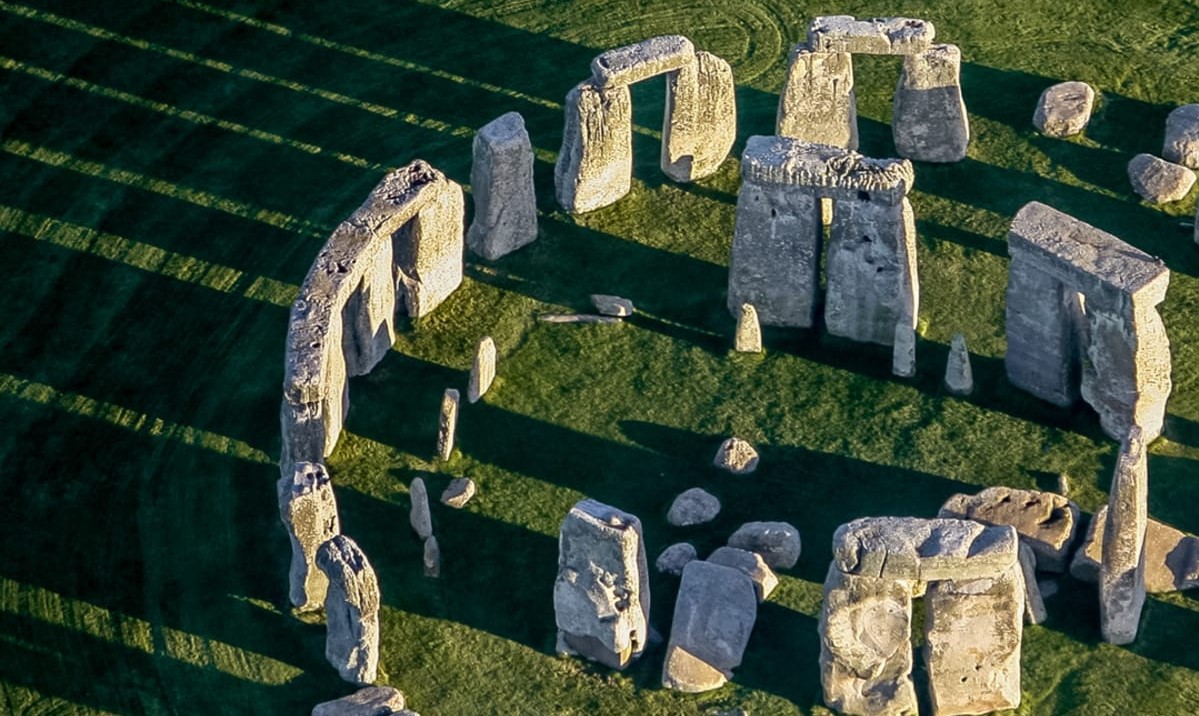The mystery about Stonehenge seems to be enriched by a new and incredible discovery.
Until now, it has been speculated that the ancient Stonehenge monument was used for ceremonial purposes. According to a recent theory developed by Professor Timothy Darvill of Bournemouth University, Stonehenge may have been created primarily as a system for timing.
The results were first published in the accredited journal Antiquity. Darvill noted that the large stones, also known as sarsens, were used as “building blocks of a perpetual calendar based on the 365.25 solar days in an average tropical year.” The stones, believed to come from Marlborough Downs, were installed nearly 5,000 years ago and have not moved since. The most important feature is the Sarsen Circle, which features 30 vertical stones that carry joined lintels to the top.
According to Darvill, the circle corresponds to the Neolithic calendar in which there are 30 days in a month, or alternatively, three weeks of 10 days. Each stone, labeled S1 to S30, represents a single day in the calendar. As was evident in Antiquity, the site’s central axis was and still is, aligned with sunrise in the middle of summer and sunset in the middle of winter.
All that remains is to wait for confirmation or denials from the scientific community.








